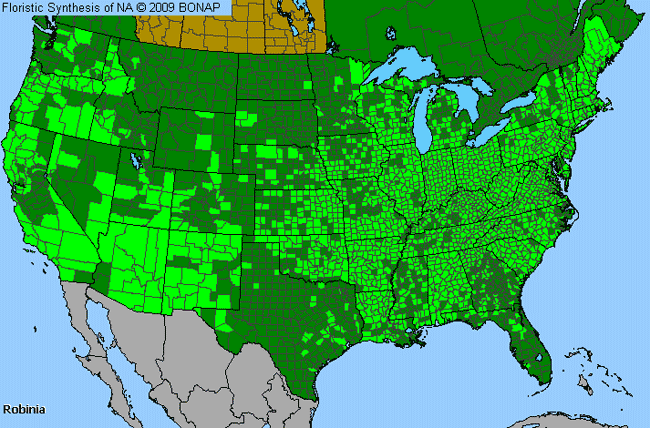Locust (Robinia)

Locust Genus Details

Black locust and other species are native from Pennsylvania to Georgia and westward to Iowa, Missouri and Oklahoma. This tree has been planted and become naturalized in other areas of the U.S. Locust trees reach a height of 80 feet. The leaves have 7 to 19 oval leaflets and fragrant white or pink flowers in drooping clusters that are 4-5 inches long. Its pollination period is from spring to early summer.
Locust Allergy Info

Locusts are of questionable allergenic importance. It has been reported to be allergenic only under unusual circumstances. Nectar and fragrance produced during flowering have been mistaken by patients to be producing airborne pollen and pollinosis.
Locust Pollen Description

Pollen grains are prolate, subprolate or prolate-spheroidal; the amb triangular or rounded triangular and 3-colporate. The colpi are long and narrow.
The pollen grains are large and vary in size from 36-40 micrometers.
Species in This Genus

Allergenicity Legend:
 Mild Allergen |
Mild Allergen |
 Moderate Allergen |
Moderate Allergen |
 Severe Allergen |
Severe Allergen |
 Allergy Test Available
Allergy Test Available
Locust (Robinia) is a genus of the FABACEAE family.
This genus includes the following allergenic species:
This genus includes the following allergenic species:













